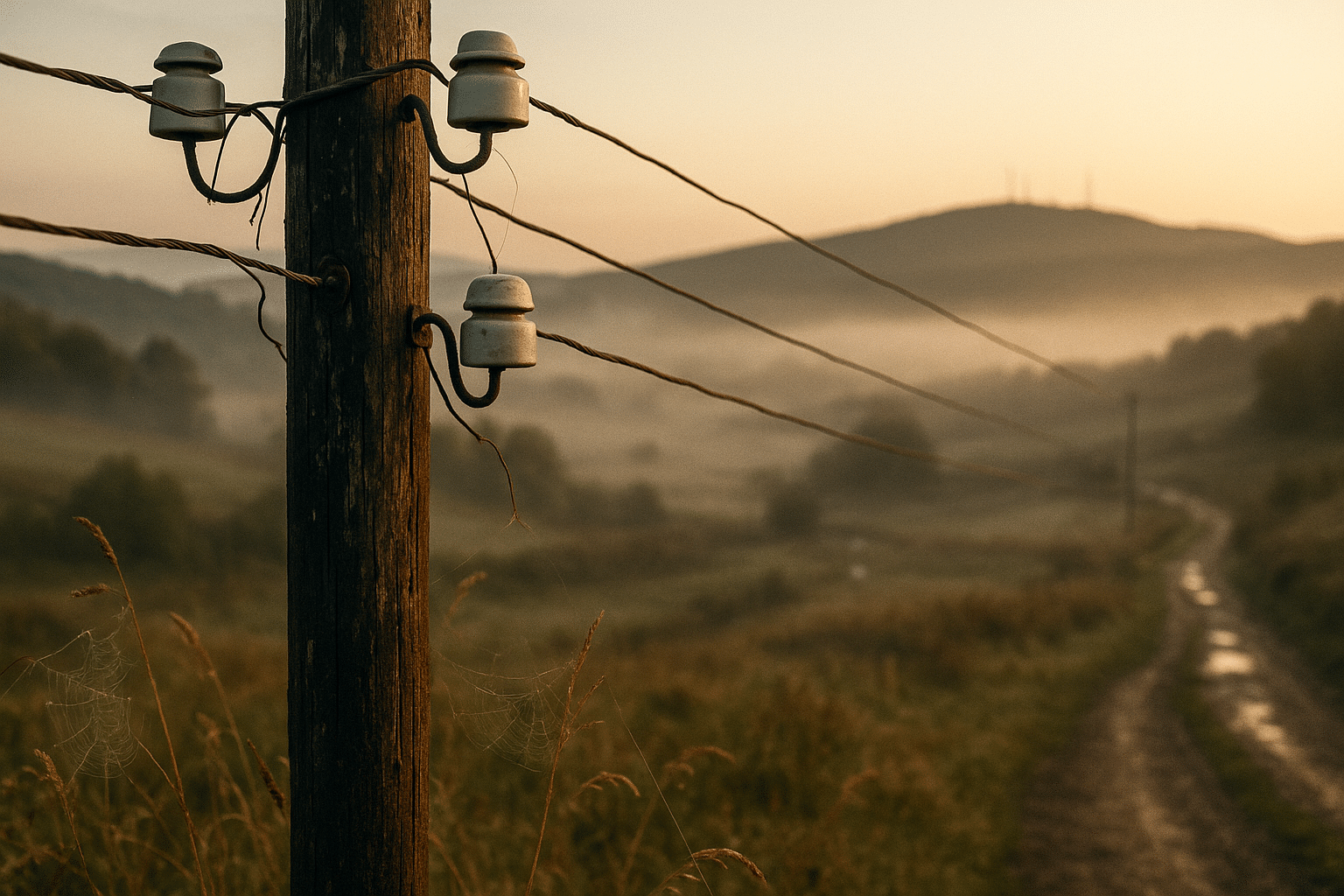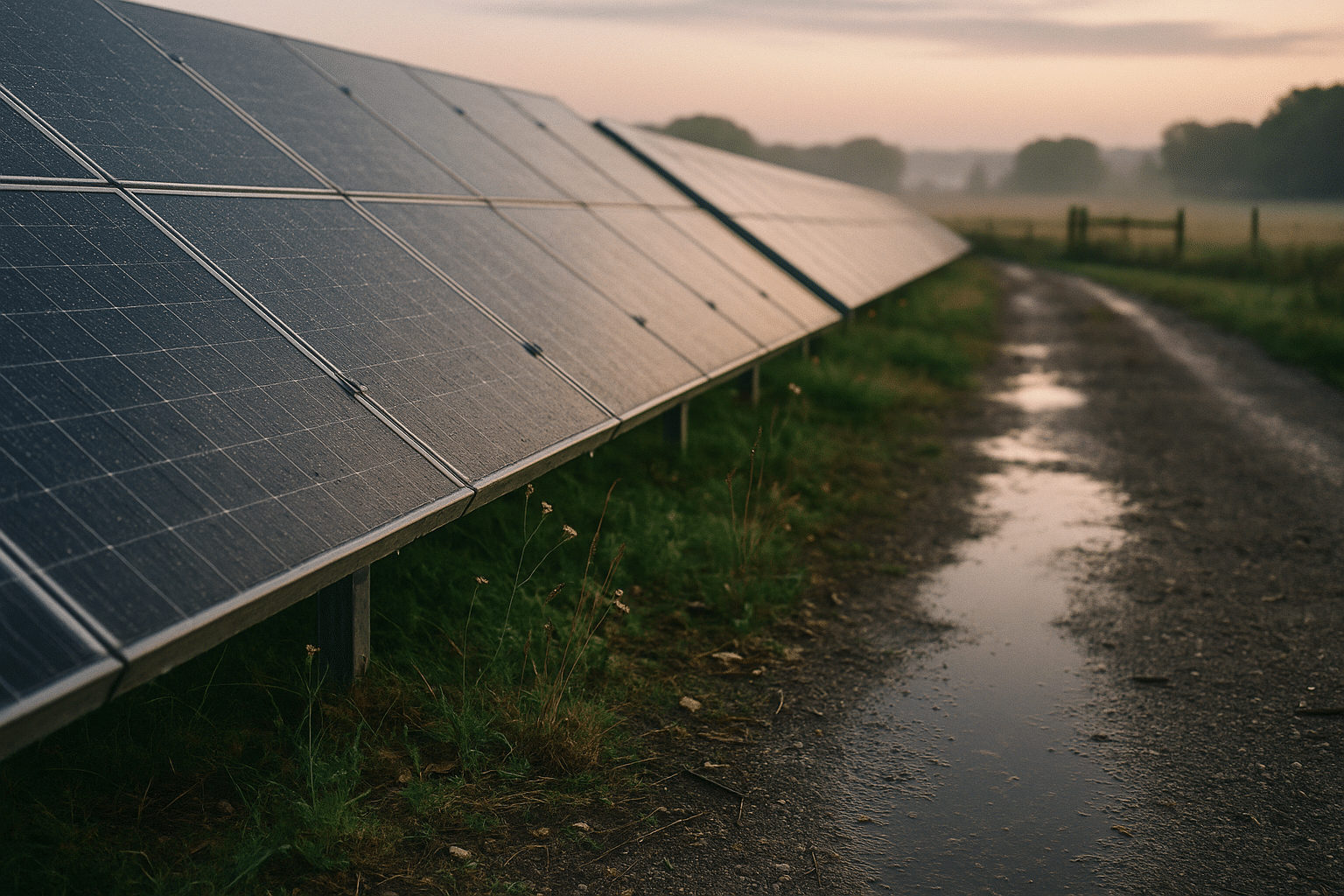Portable Air Conditioner Guide: Buying, Setup, and Energy Tips
Outline:
– Portable Air Conditioners 101: How They Work and Where They Shine
– Right-Size Your Unit: Room Size, Performance Metrics, and Climate Factors
– Setup Done Right: Venting, Condensate, Placement, and Safety
– Efficiency, Noise, and Operating Costs: Managing Comfort Without Surprises
– Conclusion and Practical Next Steps
Portable Air Conditioners 101: How They Work and Where They Shine
Staying comfortable in warm weather does not always require installing permanent hardware or altering a window frame. Portable air conditioners offer movable, plug-in cooling that can be rolled from one room to another, making them valuable for renters, homeowners with limited window access, and anyone who needs targeted relief during heat waves. At their core, these appliances are heat movers: they absorb heat from indoor air and reject it to the outdoors via a flexible exhaust hose. Understanding that simple idea—remove heat from the room, push it outside—makes the rest of the buying and setup journey far more intuitive.
Portable units are self-contained refrigeration systems. Warm room air is drawn across an evaporator coil, where refrigerant absorbs heat and moisture. The cooled, dehumidified air is returned to the room, while a second airstream passes over a condenser coil to carry the absorbed heat out through the exhaust hose. Many units also evaporate a portion of collected condensate into the exhaust stream, reducing (but not always eliminating) the need to manually drain water.
There are two common airflow designs. Single-hose units use indoor air to cool the condenser and then expel that air outside. This creates slight negative pressure in the room, which can pull warm air in from adjacent spaces. Dual-hose designs draw outdoor air to cool the condenser and then vent it back out, reducing negative pressure and often improving performance in very hot conditions. Each approach has trade-offs in simplicity, efficiency, and cost. Single-hose models are typically simpler to place and lighter; dual-hose units can deliver steadier cooling in challenging climates.
Portable air conditioners are particularly useful when window configurations are unconventional or when building rules restrict exterior modifications. Common use cases include small bedrooms, home offices, workshops, and temporary setups in short-term rentals. They are also handy for supplemental cooling—for example, keeping a nursery comfortable overnight without lowering the temperature for the entire home. If you have ever wished for cooling that follows you from desk to couch, this category fits that brief—movable, straightforward, and practical.
Key advantages to keep in mind:
– Mobility: Wheels and handles make it easy to reposition for spot cooling.
– Minimal alterations: Window kits fit many sliding or hung windows without permanent changes.
– All-in-one design: No separate indoor and outdoor modules, simplifying storage and seasonal use.
Right-Size Your Unit: Room Size, Performance Metrics, and Climate Factors
Choosing the right size is both the most important and commonly misunderstood step. Portable air conditioners are often advertised with two capacity figures. Older or traditional marketing uses an ASHRAE cooling capacity (in BTU/h), while newer standards in many regions reference DOE SACC (Seasonally Adjusted Cooling Capacity). SACC is measured under a range of realistic conditions, including heat and humidity, and tends to be lower than the ASHRAE figure. For example, a model labeled 12,000 BTU (ASHRAE) might deliver around 6,000–8,000 BTU SACC depending on design and test conditions.
How does that translate to room size? As a general orientation, many rooms in the 200–350 square foot range are well served by SACC capacities around 5,000–7,000 BTU, assuming standard ceiling height and average insulation. Larger rooms (350–500 square feet) often benefit from 7,000–10,000 BTU SACC. These are typical ranges rather than rules; insulation, sun exposure, and climate can shift the target.
Consider the following factors to refine your choice:
– Ceiling height: Tall ceilings increase room volume; aim higher on capacity for rooms over 8 feet.
– Insulation and windows: Older homes or large sun-facing windows can add heat load; scale up accordingly.
– Local climate: High humidity forces the unit to work harder to dehumidify; higher SACC helps maintain comfort.
– Internal heat sources: Computers, cooking appliances, and dense occupancy add load; add capacity for busy home offices or kitchens.
Practical examples:
– 250 sq ft bedroom, moderate insulation, evening use: Around 5,000–6,000 BTU SACC typically suffices.
– 400 sq ft living room with west-facing windows: Consider 7,000–9,000 BTU SACC for late afternoon cooling.
– 300 sq ft home office with multiple monitors and a running desktop: A step up in capacity (6,000–7,500 BTU SACC) can offset the equipment’s heat.
Finally, don’t overlook airflow rates (often listed in CFM). Stronger airflow helps distribute cool air across the room and overcome hot spots. Also note that dual-hose units may retain more delivered capacity under extreme outdoor heat by reducing negative pressure. Whatever you choose, a sizing decision grounded in SACC, room conditions, and use patterns will pay off in both comfort and energy control.
Setup Done Right: Venting, Condensate, Placement, and Safety
Proper installation makes the difference between “cool-ish” and truly comfortable. Portable air conditioners rely on a direct path to the outdoors to remove heat; the exhaust hose is not optional. Keep the hose as short and straight as possible. Sharp bends, kinks, or long runs reduce airflow and raise exhaust temperatures, forcing the unit to work harder.
Window kits are designed for sliding or double-hung windows, and many include adjustable panels. For casement (crank-out) windows, look for a compatible panel or create a tight-fitting insert. The goal is a sealed opening that keeps hot air out and conditioned air in. Common hose diameters are roughly 4–6 inches; ensure the adapter ring fits with no gaps. If you must extend a hose, do so sparingly, as extra length can reduce performance.
Moisture management varies by model. Some designs self-evaporate a portion of condensate, sending vapor out with exhaust air. In humid climates or during continuous operation, a collection tank may fill and pause cooling until drained. Options include:
– Manual drain: Periodically empty the tank using the rear drain port.
– Continuous gravity drain: Attach a drain hose to a floor-level drain.
– External condensate pump: If gravity drainage is impractical, a pump can lift water to a sink or window outlet.
Placement and clearance matter. Leave space around the unit (often 12–20 inches) so intake and exhaust are not obstructed. Avoid placing the machine right against curtains or soft furnishings that can block airflow. If you are cooling a long room, aim outlets toward the occupied zone or use a small, separate fan to circulate air gently.
Electrical safety is straightforward but essential:
– Plug into a properly grounded outlet that matches the unit’s amperage rating (commonly on a 120 V, 15 A circuit).
– Avoid extension cords; heat buildup and voltage drops can damage equipment.
– Keep the cord untangled and away from high-traffic paths to prevent trips or strain on the plug.
One more consideration: Single-hose units can create slight negative pressure, which may draw air from adjacent rooms. If your space has fuel-burning appliances with open combustion, ensure they are isolated and venting correctly to avoid backdrafting. Do not exhaust into attics, crawl spaces, or garages—send warm air outdoors through a window or properly sealed wall port. With these details handled, you’ll unlock reliable, steady cooling day after day.
Efficiency, Noise, and Operating Costs: Managing Comfort Without Surprises
Portable air conditioners vary in efficiency and sound levels. Two common efficiency metrics are EER (Energy Efficiency Ratio) and CEER (Combined Energy Efficiency Ratio). CEER accounts for standby and off-mode power and is often the more representative figure for real-world use. Many portable models fall roughly in the 6.0–8.5 CEER range. While that means window or split systems can sometimes run more efficiently, careful operation and smart placement can close the gap and keep energy costs predictable.
What might cooling cost? A mid-capacity portable unit often draws 900–1,400 watts while actively cooling. At an electricity rate of $0.15 per kWh, running a 1,200-watt unit for 8 hours uses about 9.6 kWh, or roughly $1.44 for that day. Over a month of regular use (say, 20 days), that’s near $28.80. Actual costs vary with climate, thermostat setting, occupancy patterns, and whether the compressor cycles frequently or runs continuously during hot spells.
Sound levels typically land around 50–60 dB at a short distance—about the volume of a normal conversation or a quiet office. You can reduce perceived noise by placing the unit on a stable, level surface and adding a vibration-damping mat. Aim cool air across the room rather than directly at where you sit or sleep, and use the lowest fan setting that maintains comfort. For nighttime use, a “sleep” or low-fan mode can be helpful if your model includes it.
Simple efficiency tips:
– Pre-cool before peak heat: Start the unit in late morning to stay ahead of temperature spikes.
– Seal gaps: Weatherstrip around windows and doors to reduce heat infiltration.
– Shade and reflect: Close blinds or curtains on sun-facing windows during the hottest hours.
– Targeted setpoints: Try 76–78°F (24–26°C) for daytime; adjust based on comfort and humidity.
– Smart scheduling: If your unit supports timers, align operation with occupancy to avoid unnecessary runtime.
Environmental considerations are increasingly relevant. Newer refrigerants like R32 have a lower global warming potential than some legacy blends such as R410A. When retiring a unit, follow local guidance for refrigerant recovery and recycling; proper disposal helps prevent accidental emissions. Thoughtful usage—right-sized equipment, good sealing, and sensible setpoints—yields steady comfort with measured energy use and sound levels that fade into the background.
Conclusion and Practical Next Steps
Portable air conditioners thrive where flexibility matters: rented apartments, home offices that heat up under afternoon sun, temporary rooms, and spaces where permanent installation is impractical. The key to a satisfying experience is planning—match capacity to room conditions, install with a clean vent path, and run the unit strategically to balance cooling, humidity control, and operating cost. If you think of a portable AC as a heat shuttle—moving warmth from inside to outside—every decision you make, from hose length to window sealing, will aim to support that mission.
Use this quick pathway to a confident purchase:
– Define the space: Measure square footage and note ceiling height, sun exposure, and insulation quality.
– Choose capacity by SACC: Align with the realistic rating and bump up for high humidity, large windows, or heat-generating equipment.
– Decide on airflow design: Single-hose for simplicity; dual-hose if you expect extreme heat and want to limit negative pressure.
– Plan the vent route: Short, straight, and tightly sealed. Confirm your window kit compatibility before checkout.
– Think ahead on moisture: If your climate is humid, plan for gravity drainage or a small condensate pump.
Once installed, small habits amplify comfort:
– Start early on hot days to stabilize room temperature.
– Keep filters clean and check the hose for cracks or loose connections.
– Store the unit properly off-season: drain thoroughly, let it dry, and coil the hose loosely to prevent damage.
For many households, a portable air conditioner is an approachable, well-regarded solution that delivers targeted cooling without structural changes. It’s particularly appealing when you want localized comfort, a straightforward setup, and the ability to move cooling power where daily life happens. With the guidance above, you can select a unit that aligns with your room, climate, and schedule—and enjoy a cooler, calmer space when the weather turns warm.


